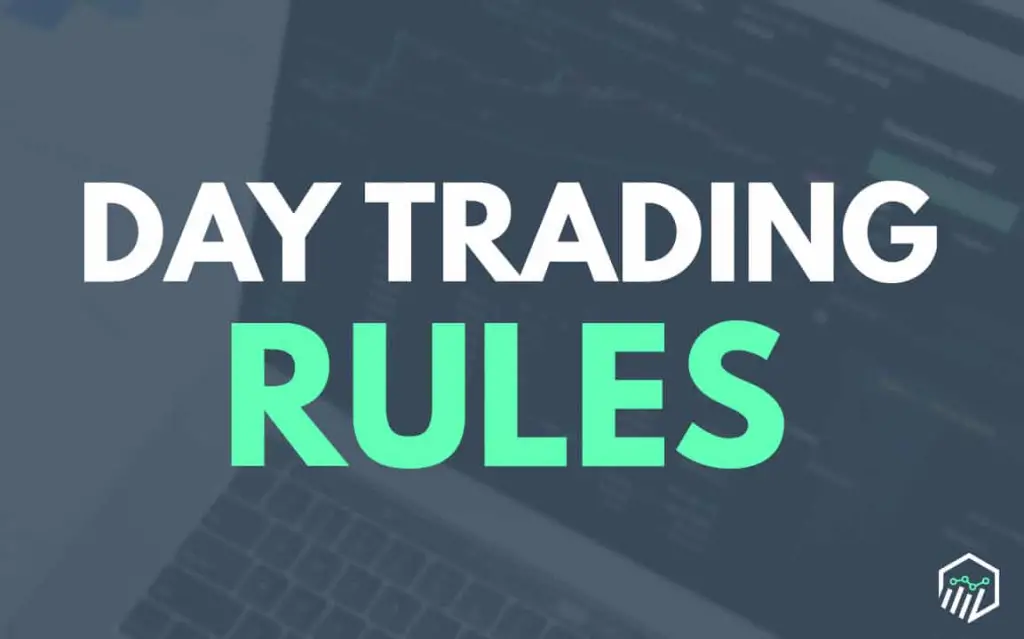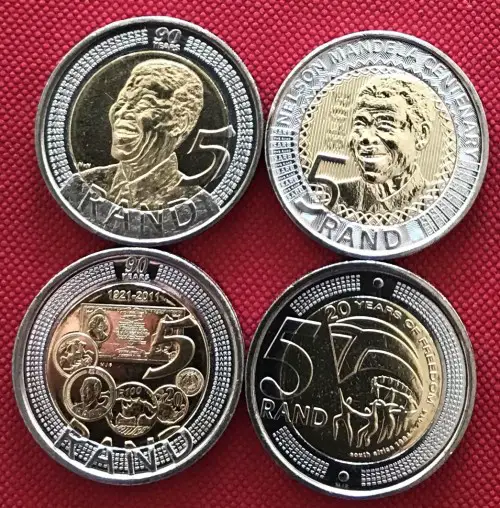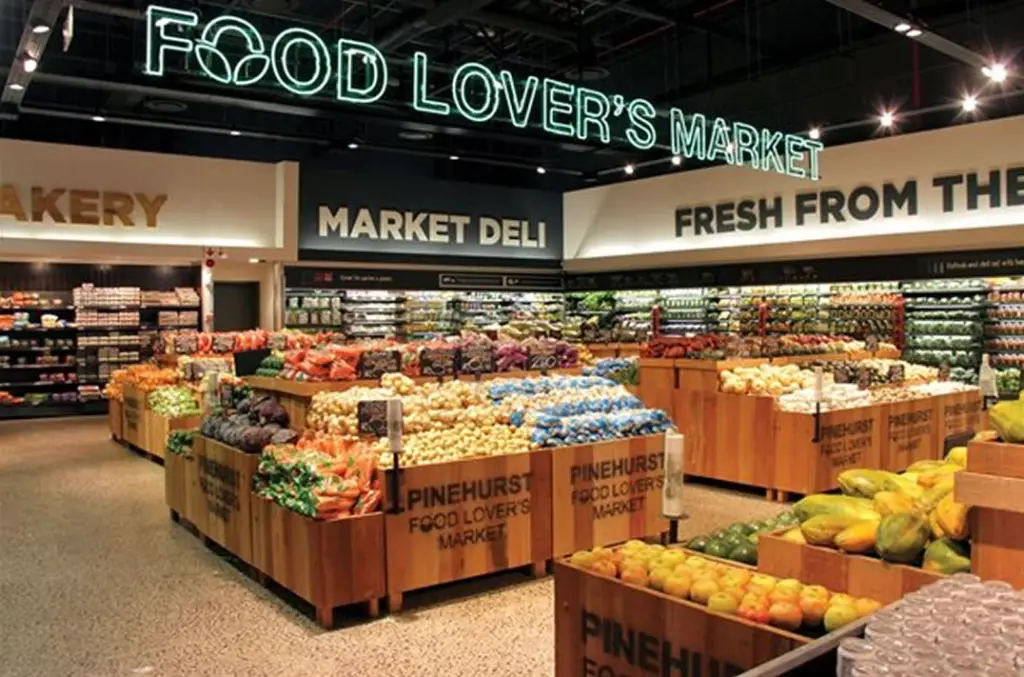Rules of Trading

Currency Pairs
A fundamental difference between share market and forex market is that shares are priced against the country’s currency, such as US NYSEC shares are priced in dollars, Bangladesh DSEC is priced in rupees, and India’s NSE is priced in rupees. But it is impossible to determine the value of a country’s currency or currency in this way in the forex market. That is why one currency is traded against another or one currency is priced against another in the forex market.
Only Euros or Dollars cannot have any FIXED value. For example: 1 dollar equals 83 Indian rupees which keeps on rising every day. Now it is possible to get only 0.70 euro or 0.93 Australian dollar with 1 dollar. Again if we take the Japanese yen, then for 1 dollar you will get 80 yen. So, what is the value of the dollar? People from different countries trade in the forex market, at what price will they buy dollars?
This is why everything in the forex market is traded through currency pairs. For example, EUR/USD, a currency pair. Currently 1 EUR/USD = 1.1234, which means that 1 euro gives you 1.1234 dollars. USD = United States Dollar. Simply put, what we know as dollars.
Let’s take a look at some more currency pairs:
- 1 AUD/USD = 0.64946 , this means that for 1 Australian dollar you get 0.64946 American dollars.
- 1 GBP/USD = 1.22922, this means that for 1 pound you get 1.22922 American dollars.
- 1 NZD/USD = 0.60890 , it means that for 1 New Zealand Dollar you will get 0.60890 American Dollar.
- 1 USD/JPY = 148.843, that means 1 dollar will give you 148.843 Japanese Yen.
- 1 EUR/JPY = 157.684 , that means for 1 Euro you get 157.684 Japanese Yen.
Hopefully now you understand the currency pair.
Well, if we write a little turn around now? We usually write 1 EUR/USD = 1.0634 but if we write USD/EUR instead of EUR/USD like this, is there a problem?
Of course not. But remember, the first currency of the currency pair indicates how much of the next currency (Quote Currency) you will get.
1 EUR/USD = 1.0634. This means that with 1 euro you get 1.0634 dollars.
So, 1 USD/EUR indicates how many euros you get for 1 dollar. The answer would be, just the opposite, 1/1.0634
First of all, a currency pair in the forex market is a ratio of two currencies. For example, EUR/USD means how many dollars can be obtained with 1 euro. Do we exchange shares of one company with another company’s shares in the share market? For example, how many shares of TATA Company will I get with 1 Reliance Company share? Of course not! And so, most of the share prices in our country’s stock market are in whole numbers, but some share prices may be in decimals.
And in the forex market, up to 4 houses after the decimal have been taken because in the forex market, the movement is usually more in the 3rd and 4th houses after the decimal. Hence it is considered standard. Currently, most brokers offer up to 5 digits after the decimal, to give a more SPECIFIC price.
How to read currency value in forex

As we learned in the previous discussion, currency values are always calculated in currency pairs (ie: Eur/Usd). Because when you buy one currency, you will sell another currency by default.
Here Euro (EURO) is the base currency and USD (USD) is the quote currency. When you buy you will see how many units of quote currency you need to buy 1 unit of base currency. When you sell you can see how many units of base currency you get for 1 unit of quote currency.
You buy only when you think that the value of the base currency will increase. You sell only when you think the value of the base currency will go down. Hope you understand things.
Long or Short
By doing market analysis we determine which currency pair we will trade BUY and which currency pair we will trade SELL. Buy trade means you buy at low price and sell at high price. This BUY trade is called LONG in Forex language and SELL trade is called Short in Forex language.
- Buy = Long
- Sell = Short
Bid/Ask
There are two prices seen in any currency pair. Check out the image below, hopefully it will make things much easier. 1st is the Bid price & the second is the Ask price. Bid price value will always be lower than Ask price.
Bid – Ask = Spread
In short, the gap between BID price and ASK price is called SPREAD. Spread is also known as Transaction Cost. Brokers and LP (Liquidity Provider or Bank) mainly profit from Spread. When you place a BUY order, the trade will not be opened at the EXACT price but the trade will be opened from the ASK price and when you place a SELL order, the trade will be opened from the Bid price and there is a little GAP between the ASK and Bid price.
Also notice that your trade started with some loss. This is because the broker has deducted the spread or transaction cost from your trade. Generally, brokers have different spreads on different currency pairs like 1 pips on EURUSD, 1.5 pips on GBPUSD etc.
Margin trading
Well, do we go to a shop and say, the shopkeeper’s brother gives me a piece of rice? Do we say give me a kilo of rice? Which one is correct?
When you go to the store and want to buy chips, you have to buy 1 packet. You cannot buy retail 1 back to back. Similarly, in Forex, it would be foolish to sell or buy 1 euro. So in forex it is bought and sold as lots. For example, the currency is traded in lots of 1,000 units (micro), 10,000 units (mini) or 100,000 units (standard).
As we have seen in the earlier days, trading in the forex market required a lot of capital which was beyond the means of most of us to raise. Wondering how to trade?
Margin system is introduced in forex to give everyone a chance in the forex market and to ensure the participation of people from all walks of life which will reduce the need of excess capital for your trading to a great extent. Margin trading usually means borrowing capital. You can handle $1,000 or $100,000 worth of trades with just $100 due to the convenience of margin. How is that possible?
Watch carefully as this is a very serious and risky matter.
- (1) You are thinking that the British pound will appreciate against the US dollar. Suppose GBP/USD is priced at 1.3000
- (2) You buy 1 mini lot (ie 10,000 GBP). Then you need $13,000. If you need 1% margin to open a trade, you need $13,000 X 1% = $130.
- (3) Suppose your prediction comes true and you take profit now. Suppose you close your trade at 1.3100.
*First buy 10,000 pounds at 1.3000 exchange rate – GBP= +10,000 and USD= -13,000
*You close the trade when the price goes to 1.3100 – GBP= -10,000 and USD= -13,100
*Your profit = 100
After you close the trade, you will see the amount stuck in your margin in your account after profit and loss calculation. In the example above, $100 will be added to your account.
Rollover
If you keep the trade open until the next day, the broker will either give you interest on that trade or deduct the interest. It is charged only at the end of the day. The reason for the interest is that since you are borrowing one currency and buying another currency, interest is being charged at the end of the day. You pay interest on the currency you borrow and earn interest on the currency you buy. Adding or subtracting interest on your trade depends on which currency pair you are trading. Also, your broker may calculate interest differently (eg VOV on leverage).
Check out this article: Comparing Forex Trading to the Stock Market: A Comprehensive Analysis





